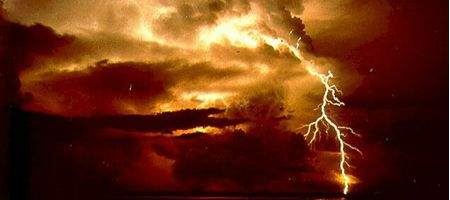Scientists say they’ve found the first clear evidence of the way increases in air pollution are affecting climate and weather – and the results don’t look good.

A University of Maryland-led team of researchers says that soot, dust and other small particles, known as aerosols, can strongly affect cloud development.
They are reducing precipitation in dry regions or seasons, while increasing rain, snowfall and the intensity of severe storms in wet regions or seasons, says the team.
The conclusions were drawn from analysis of a 10-year dataset of extensive atmosphere measurements from the US Southern Great Plains research facility in Oklahoma, run by the Department of Energy’s Atmospheric Radiation Measurement program.
They were backed up by data from a cloud-resolving computer model.
“Our findings have significant policy implications for sustainable development and water resources, especially for those developing regions susceptible to extreme events such as drought and flood,” says Zhanqing Li, a professor of atmospheric and oceanic science at Maryland.
“Increases in manufacturing, building of power plants and other industrial developments are often accompanied with increases in pollution whose adverse impacts on weather and climate, as revealed in this study, can undercut economic gains.”
Aerosols include soot, dust and sulfate particles, and come from the combustion of fossil fuels, industrial and agricultural processes, and the accidental or deliberate burning of fields and forests. They can be hazardous to both human health and the environment.
But they also heat the Earth’s atmosphere by either reflecting light back into space or absorbing solar radiation. They also affect cloud microphysics by serving as nuclei around which water droplets or ice particles form.
The team’s conclusion is that aerosols impede gentle rains, while exacerbating severe storms.
“This work confirms what previous cloud modeling studies had suggested, that although clouds are influenced by many factors, increasing aerosols enhance the variability of precipitation, suppressing it when precipitation is light and intensifying it when it is strong,” says climate scientist Steve Ghan of the Pacific Northwest National Laboratory.
“This complex influence is completely missing from climate models, casting doubt on their ability to simulate the response of precipitation to changes in aerosol pollution.”






